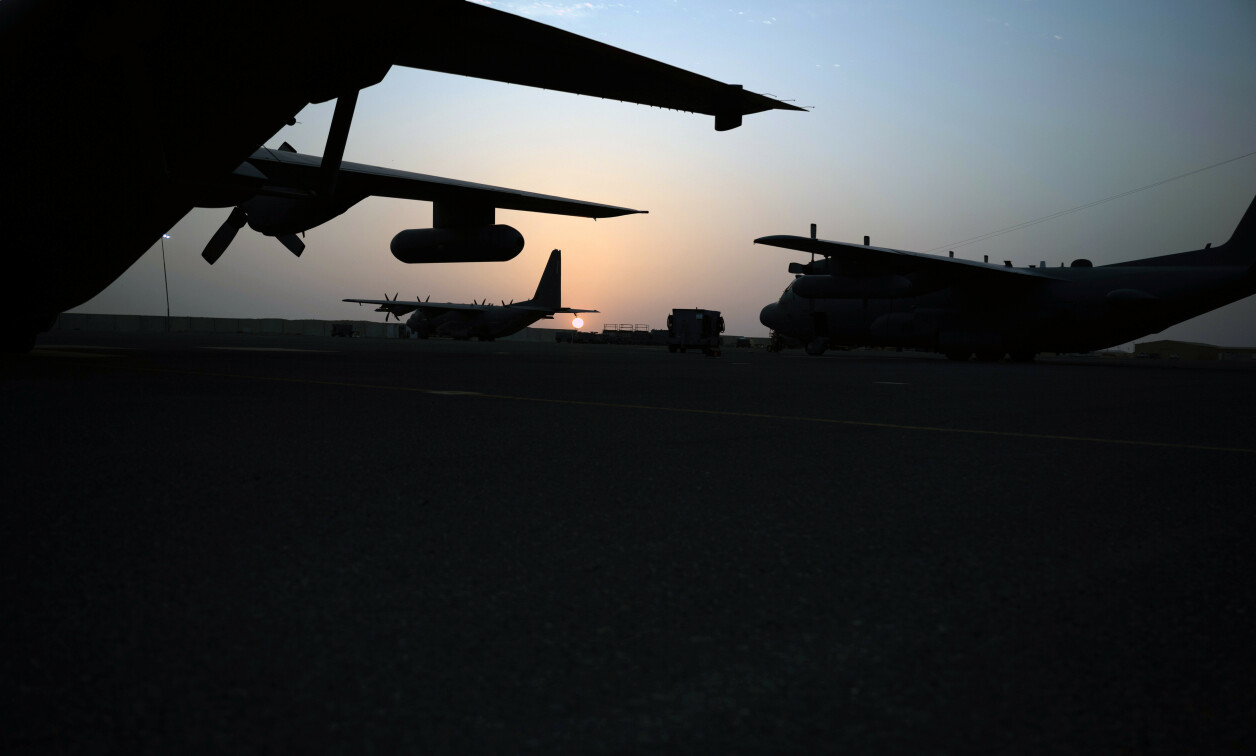Upgrades, unmanned applications driving avionics innovation
StoryApril 26, 2022

Innovation in military avionics platforms is being driven by funding for new avionics platforms and upgrades of current systems plus new investment in unmanned aircraft system (UAS) programs. Avionics requirements are also demanding a modular open systems approach (MOSA) for nearly every refresh or platform.
MOSA approaches like The Open Group’s Future Airborne Capability Environment (FACE) Technical Standard are being led by avionics software designers, four of whom I spoke to about avionics trends for this issue. All four say they see upgrades and unmanned platforms fueling new avionics designs and demanding open architecture for software portability to keep long-term costs down.
Upgrades versus new platforms
Major platforms have always generated funding for new systems and today is no different. “Based on current awards such as [Future] Vertical Lift [FVL) and the F-35, military programs will focus on major capability upgrades rather than new airframes and capability designs,” says Dr. Benjamin Brosgol, member of the senior technical staff at AdaCore. “And upgrading to new platforms means that portability of software, both APIs and source code, will be necessary to keep costs and schedules within budgets. Language and tool capabilities that promote reuse of legacy code will be important.” (For more on FVL see our Special Report on page 16.)
The decades-long life of military aircraft also demands more consistent technology refresh for flight systems. “Upgrades seem to always outpace new programs,” says Gary Gilliland, technical marketing manager, DDC-I. “Military systems tend to be deployed for a very long time (often 20+ years). In this time, hardware goes obsolete and everything has to be upgraded to support the new hardware. Currently, there are quite a few new programs that are under development but we will have to wait and see if mission, cost, and politics allow them to be completed.”
Manned versus unmanned
The U.S. Department of Defense’s (DoD’s) use of autonomous systems continues to not only increase but also evolve operationally and tactically as we see more unmanned/manned teaming strategies being deployed by the U.S. and allies.
“We are seeing research programs for manned/unmanned teaming as well as for optionally manned vehicles,” says Alex Wilson, director of A&D solutions, Wind River. “For example, the U.S. Army Future Vertical Lift program is designed around human pilots and optionally manned flight, as well as the integration of manned and unmanned systems. As articulated by Maj. Gen. David Francis, director of the Aviation Center of Excellence, at [the recent] Army Aviation Association of America’s annual conference, ‘Maybe I don’t need two pilots all the time, maybe I don’t need every aircraft manned all the time.’”
Gilliland sees a similar trend: “It seems that most new programs are looking at having a crewed and uncrewed version of the aircraft,” he notes. “Most of these programs also want to have DO-178C certification evidence. Certifying uncrewed systems is still a ways out to be mainstream so I think the crewed will outpace the uncrewed in the near term. If we are talking about [UAS] not flown in civilian airspace, then the opportunities seem to be greater.”
“Upgrading traditional manned platforms with autonomous capabilities [means] big changes to system architectures to fully embrace multiprocessor technologies, connected-to-cloud and ML [machine learning] functionality,” says Will Keegan, chief technical officer, Lynx Software Technologies. “Systems become ‘systems of systems’ which creates changes in security, predictable latency across network connections, and evolving codebases (and the challenges of certifying those).”
International conflict is also driving UAS deployments. “The largest opportunity for major expansion in the military avionics market will likely come from UASs,” Brosgol says. “As evidenced by the recent conflict between Armenia and Azerbaijan and the current war in Ukraine, UAS-hosted weaponry can inflict devastating damage on an adversary at relatively low cost. But as is all too common, advances in technology outpace our ability to manage the many effects, anticipated or otherwise, that the new technology brings. For UASs, these effects include ethical, regulatory, and technical issues.
“On the technical side, the separation of functionality between the ground-based and onboard software presents a challenge, and UAS reliability requires secure communication and avoidance of GPS spoofing,” he continues. “But any challenge is also an opportunity, and software engineering techniques that have been successfully used for developing other kinds of avionics applications can also apply to UASs.”
The four touched on much more than just market conditions. For the complete conversation, click here. For more on MOSA and FACE, don’t miss our FACE Special Edition, mailed to subscribers with their copy of this issue. If you don’t have a copy, be sure to visit militaryembedded.com to read the first issue of what will be an annual FACE Special Edition.








